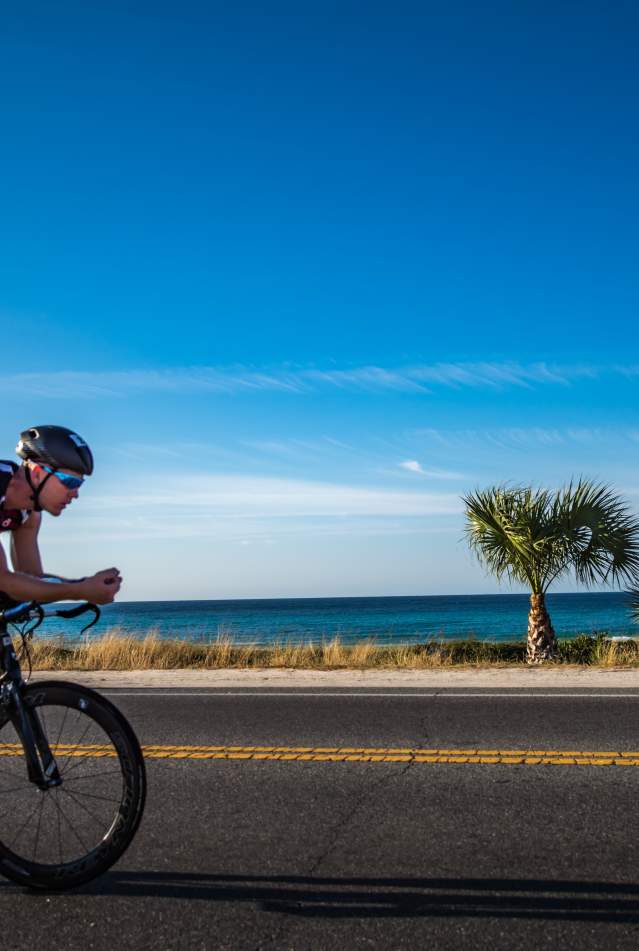Let me start by saying that this winter has been anything but typical. Calling it “mild” would be an understatement since it’s the middle of February and we have water temperatures nearing 70 degrees in the afternoon. Many species of fish shouldn’t even be in the bays right now, but they’re swimming around even if in limited numbers.
For starters, the Spanish mackerel are plentiful in a lot of locations. Although the numbers are not overwhelming, there are some really big fish cruising in schools of 15-20 fish. That might not sound impressive, but these fish are well over the five pound mark and make for a fantastic fight on light tackle. In other places, I’ve seen seemingly endless schools of small Spanish mackerel that are borderline legal and hundreds more that are undersized.
The trout are plentiful, but the relatively warm water means that you might have to spend some time looking for them – and their location can change frequently with changing conditions. The cold generally keeps them pinned down to pockets of warmer water but that is definitely not the case this year. They have been more than willing to eat topwater baits lately, but the best bite has been on jigs and small lipped jerk baits.
Redfish are all over the flats and there are some big schools out there in spots. While doing a little scouting the other day, I ran over a school of about 200 fish laid up in about a foot of water under a dock. Most of the schools contain 20-25 fish with an average size of about five pounds. Plenty of bigger fish can be found in deeper water on the outside of the flats, on drop offs, around deeper structures and in areas of current such as the bridges and inlets. I prefer to use jigs to catch them this time of the year as they tend to stay down on the bottom.
Finally, the sheepshead are about as thick as they get right now. Just about every dock in town – as well as half of the potholes on the flats – has sheepies sitting on them. I haven’t targeted them at the bridges, but I suspect there are hordes of them hanging around the pylons as well as the rocks in the pass. The deeper water fish are more prone to bite and a live shrimp on a light bottom rig is a sure fire way to make that happen. Just remember to give them a minute to swallow the bait before setting the hook or you will come up empty and frustrated.
Good luck!

